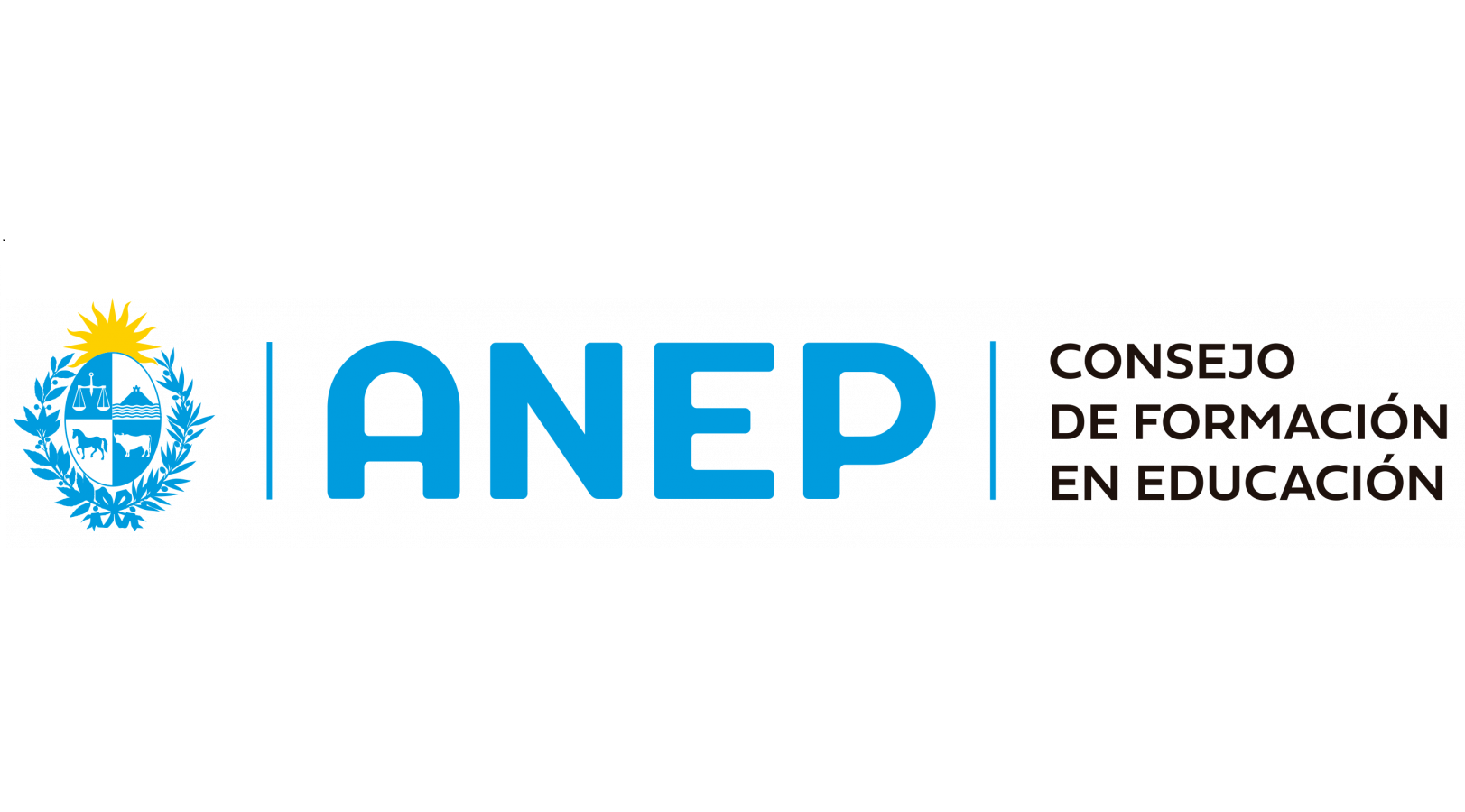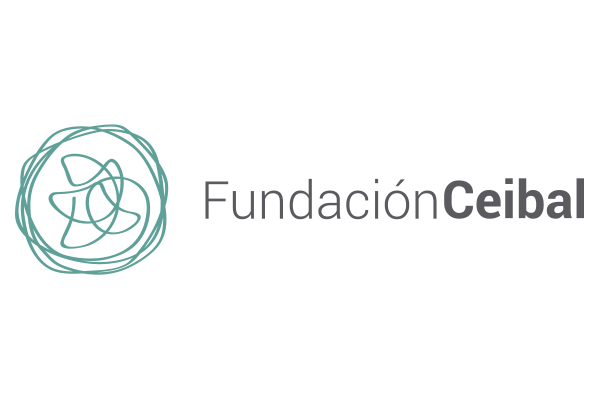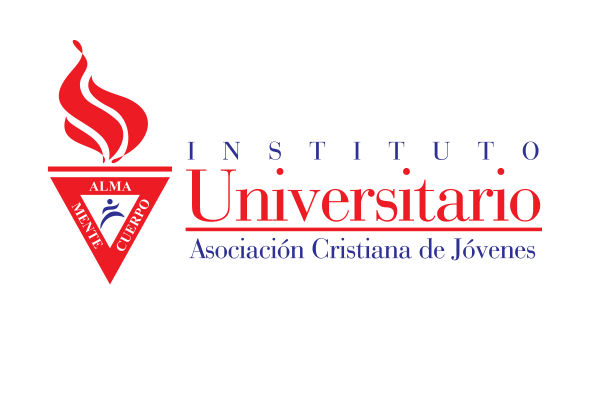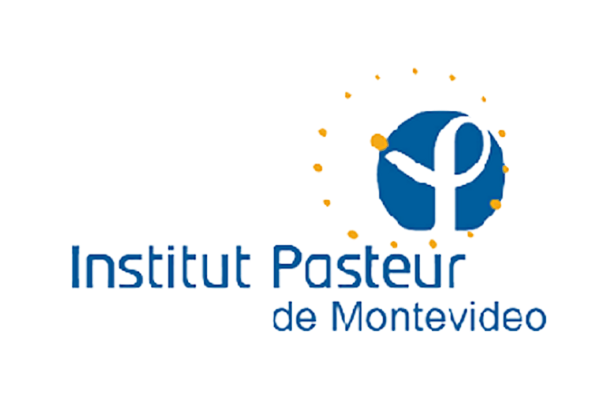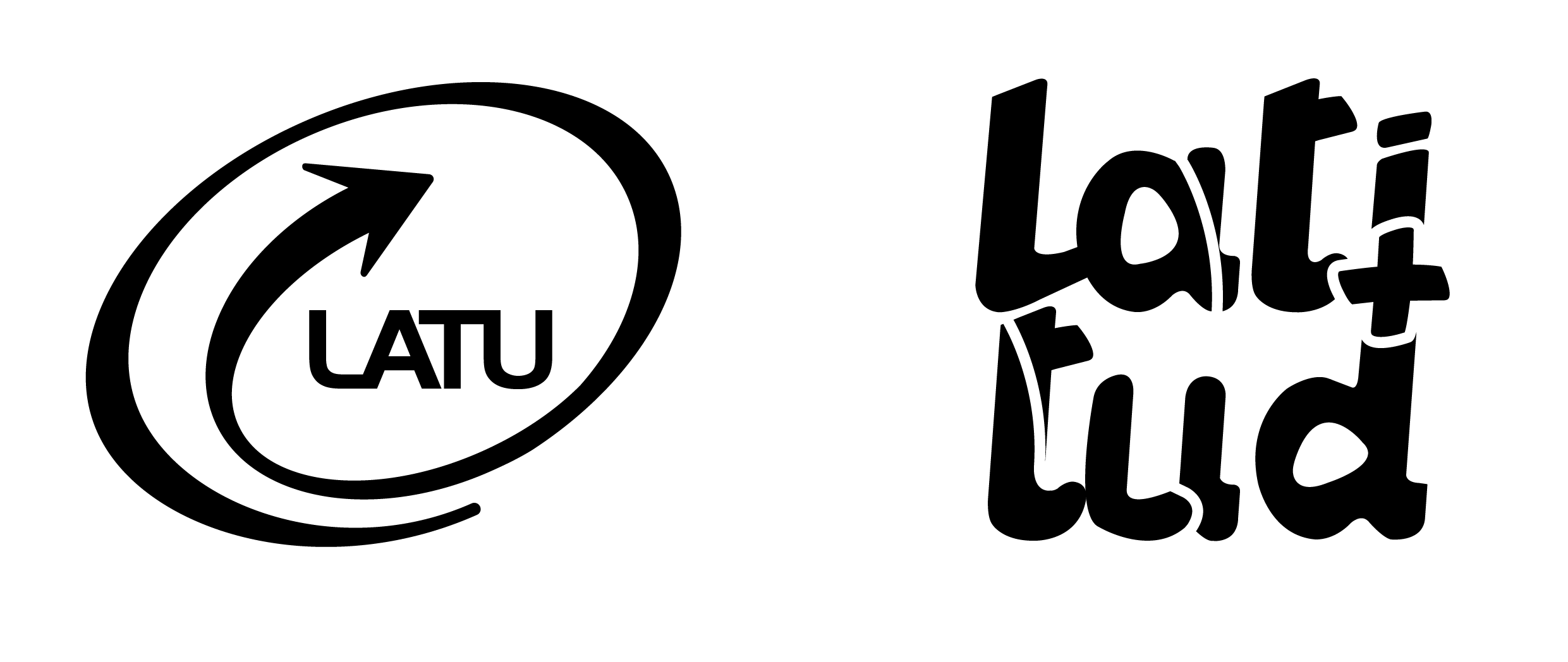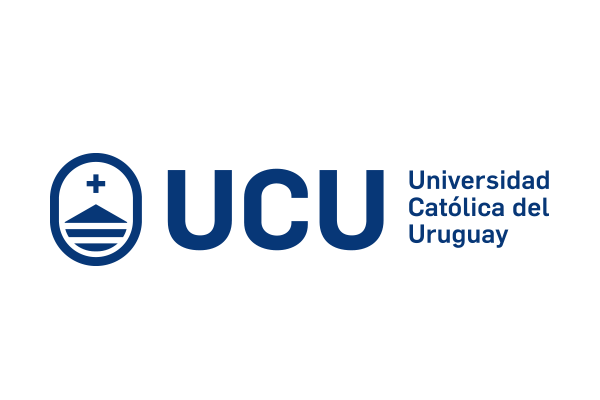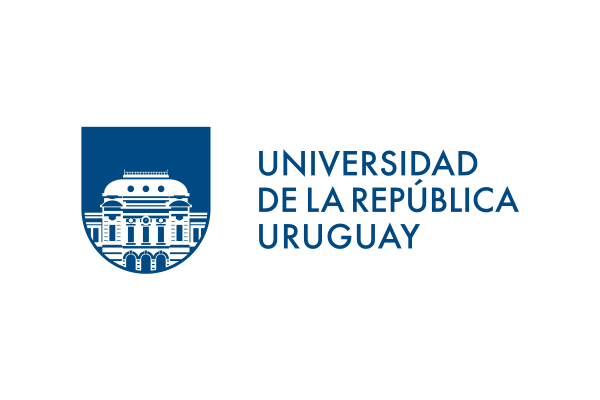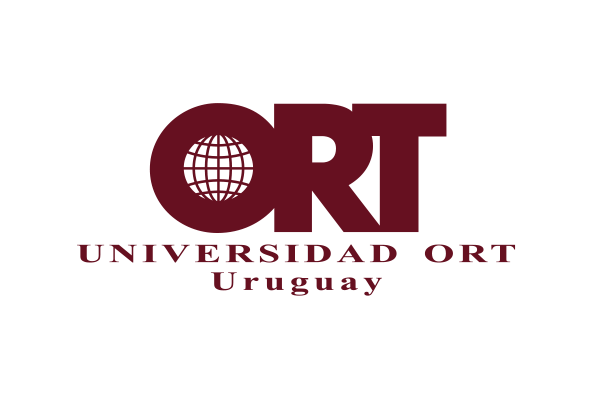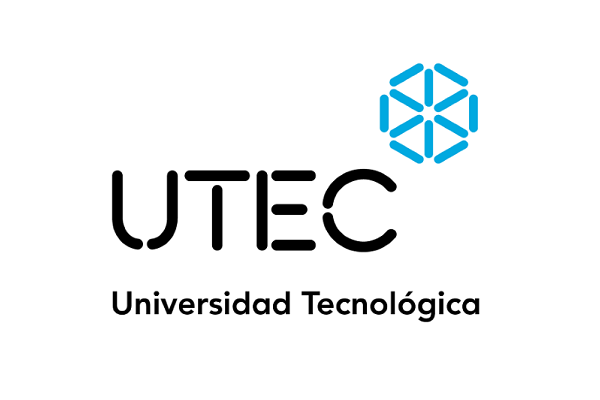Electroencephalogram in vitro and Cortical Transmembrane Potentials in the Turtle Chrysemys d’ Orbigny
Resumen:
An experimental stable model of an in vitro turtle brain (Chrysemys d'orbigny) was developed in order to compare electrographic activity (EEG) with transmembrane potentials. Two preparations were used: a whole intact hemisphere and a whole open hemisphere. The latter permitted easier impalement of cortical neurons through the ependymal surface. The EEG characteristics were similar to those described in turtles in vivo. The EEG was nonrhythmic (rhythmicity coefficient less than 0.40). The power spectrum presented a high energy band between 1 and 3 Hz, decreasing progressively towards the higher frequencies. Total power of the EEG was one order of magnitude greater than the system noise. Random large amplitude sharp waves (22-300 microV, 500-1,900 ms) were recorded spontaneously. Hypoxia produced an increase in frequency and amplitude of the large sharp waves, without modification of either EEG background activity or membrane potentials. Physostigmine provoked the disappearance of the large sharp waves, an effect reversed by atropine. The addition of TTX to the medium provoked the abolition of the EEG, although spikes and plateaus determined by Ca2+ conductances persisted. The power spectra band of maximum relative potency was 0.8-2.5 Hz for both EEG and slow membrane potentials.
| 1991 | |
| Inglés | |
| Universidad de la República | |
| COLIBRI | |
| https://hdl.handle.net/20.500.12008/20871 | |
| Acceso abierto |

